Elijah







elijah
25/10/18
More Posts from Monecky and Others
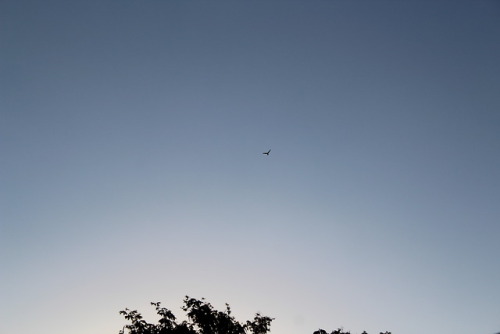
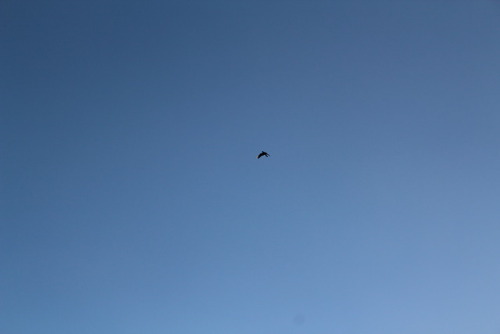
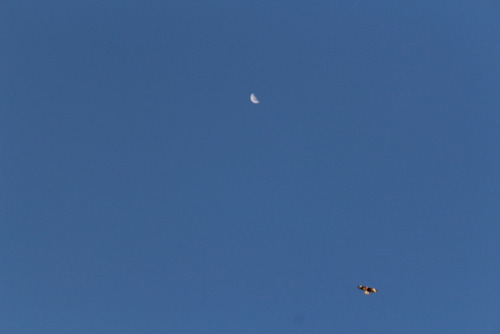
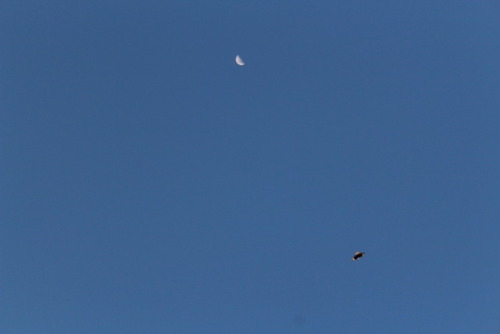
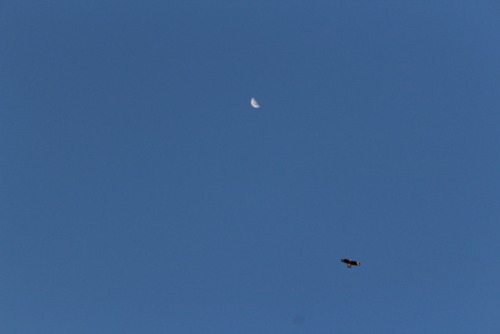
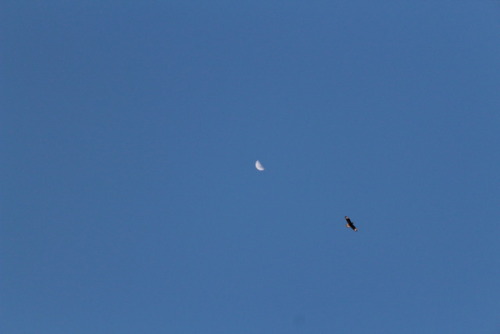
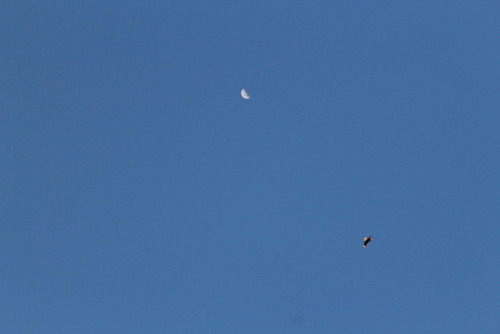
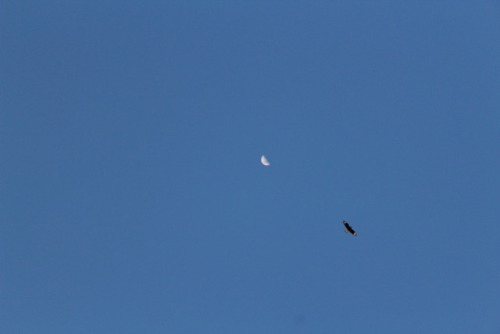
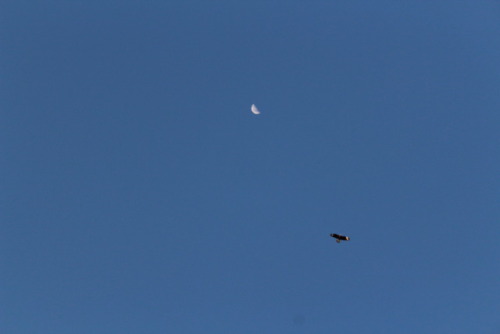
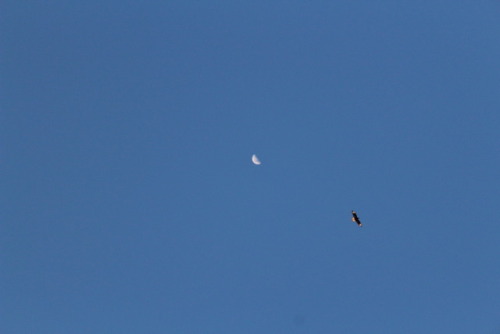

Watching you watching me. See the “face” of Jupiter in this enhanced color JunoCam image.
This citizen scientist-processed image was taken on May 19, 2017. By rotating the image 180 degrees and orienting it from south up, two white oval storms turn into eyeballs, and the “face” of Jupiter is revealed.


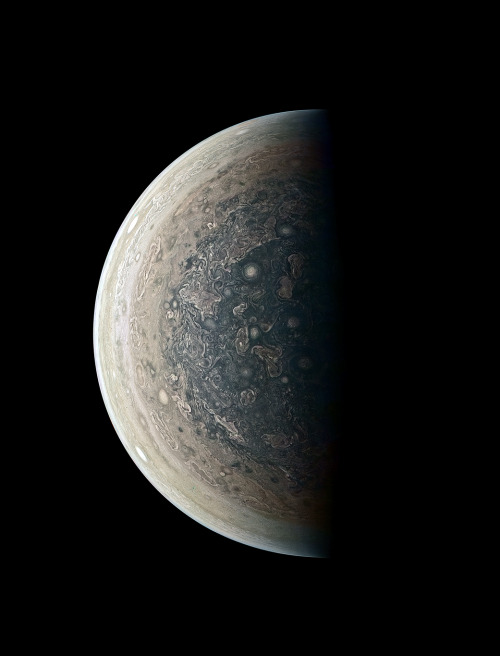
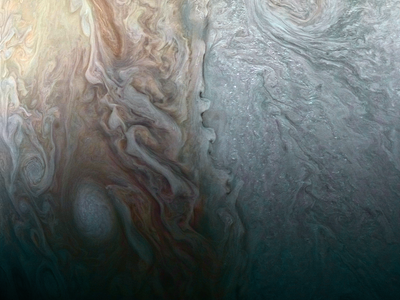



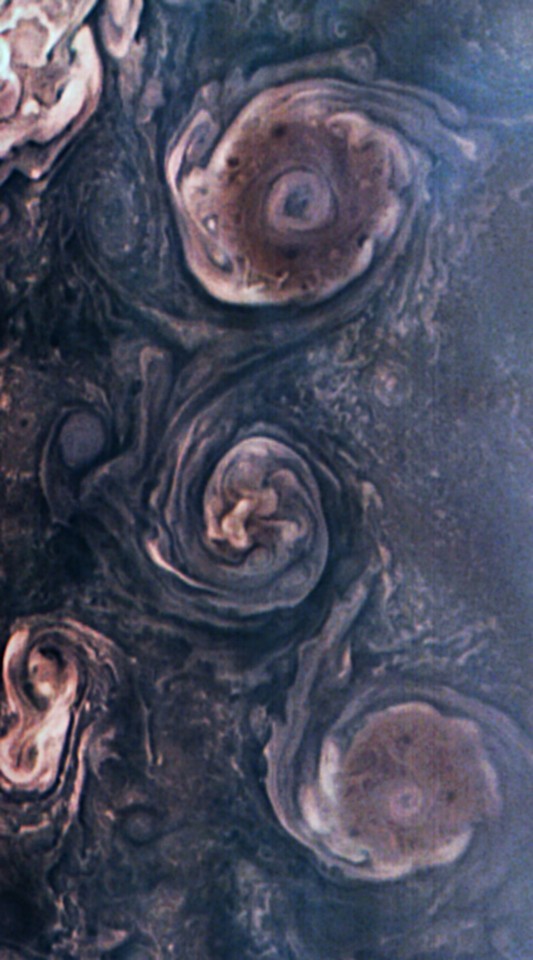



Images of Jupiter taken by JunoCam on NASA’s Juno spacecraft.
Credit: NASA, JPL-Caltech, Mission Juno, Jason Major, Luca Fornaciari, Gerald Eichstädt









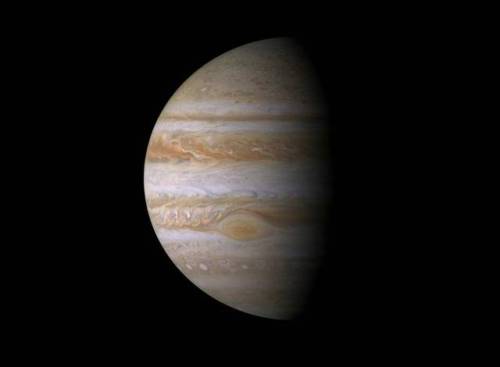
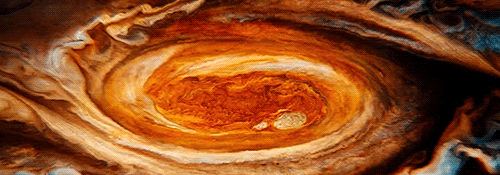
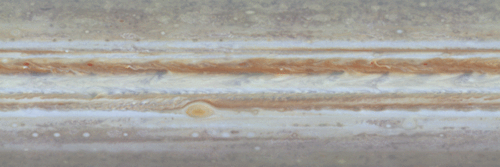
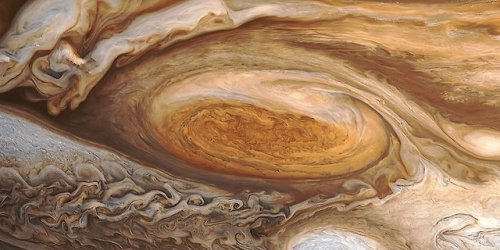
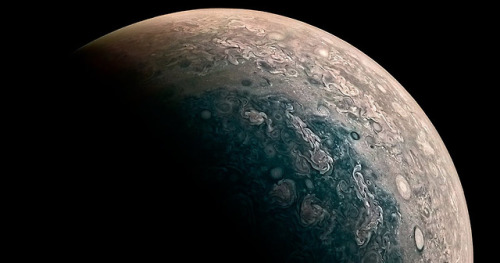
Jupiter is perpetually covered with clouds composed of ammonia crystals and possibly ammonium hydrosulfide. The clouds are located in the tropopause and are arranged into bands of different latitudes, known as tropical regions. These are sub-divided into lighter-hued zones and darker belts. The interactions of these conflicting circulation patterns cause storms and turbulence. Wind speeds of 100 m/s (360 km/h) are common in zonal jets. The zones have been observed to vary in width, color and intensity from year to year, but they have remained sufficiently stable for scientists to give them identifying designations.
The cloud layer is only about 50 km (31 mi) deep, and consists of at least two decks of clouds: a thick lower deck and a thin clearer region. There may also be a thin layer of water clouds underlying the ammonia layer. Supporting the idea of water clouds are the flashes of lightning detected in the atmosphere of Jupiter. These electrical discharges can be up to a thousand times as powerful as lightning on Earth. The water clouds are assumed to generate thunderstorms in the same way as terrestrial thunderstorms, driven by the heat rising from the interior.
source


Talkin’ about :)))

Everything’s coming up roses. See a close-up view of a storm with bright cloud tops in this rose-colored view of Jupiter.
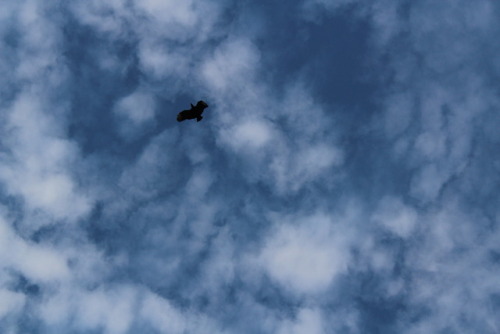

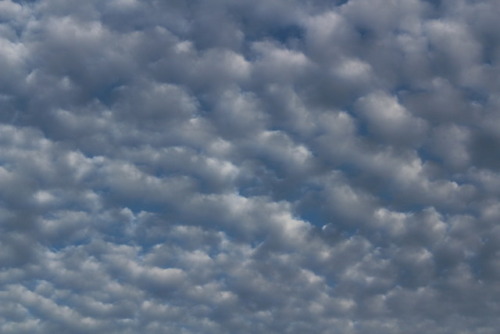
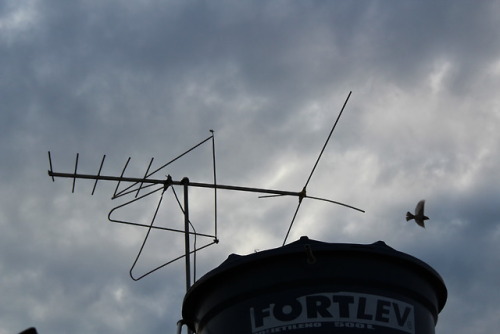


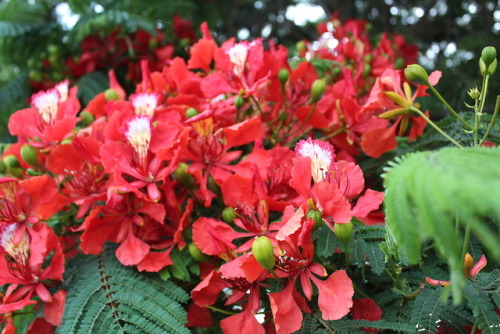









Images of Jupiter taken by JunoCam on NASA’s Juno spacecraft.
Credit: NASA, JPL-Caltech, Mission Juno, Jason Major, Luca Fornaciari, Gerald Eichstädt